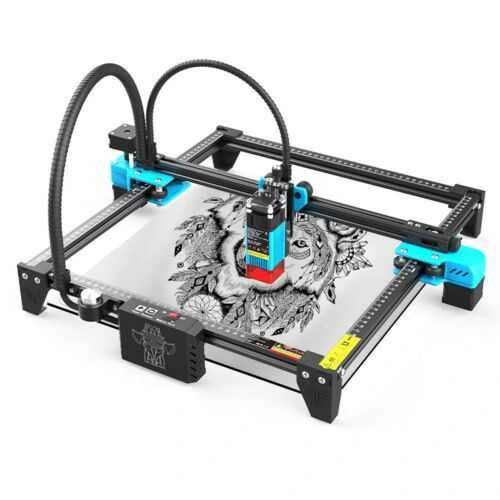Main Features of Robot Laser Welding Machine
The robot laser welding machine is a cutting-edge technology in the field of welding. It combines the precision of lasers with the flexibility and efficiency of robotic arms to provide a powerful solution for industrial welding tasks. This article will explore the main features of the robot laser welding machine and how they contribute to its effectiveness and popularity in various industries.
1. Precision and Accuracy
One of the key features of the robot laser welding machine is its exceptional precision and accuracy. The laser beam used in this machine is focused to a very small size, allowing for high-precision welding even in intricate and delicate parts. The robotic arm ensures that the laser beam is directed precisely to the desired location, ensuring consistent weld quality throughout the process. This level of precision is crucial in industries such as automotive, aerospace, and electronics, where even the tiniest flaw can have severe consequences.
Furthermore, the robot laser welding machine utilizes advanced sensors and camera systems to monitor and adjust the welding process in real-time. These systems can detect any deviations or inconsistencies, such as gaps or misalignment, and make immediate adjustments to ensure optimal weld quality. This capability significantly reduces the need for post-welding inspections and rework, saving time and resources.
2. Versatility and Flexibility
Another standout feature of the robot laser welding machine is its versatility and flexibility. With programmable robotic arms, the machine can perform welding tasks on a wide range of complex shapes and materials. It can adapt to changes in the production line and switch between different parts seamlessly. This flexibility makes the machine ideal for small batch production or prototyping, where frequent changeovers are common.
Moreover, the robot laser welding machine can weld materials with varying thicknesses without the need for additional adjustments or change of tools. The laser beam can be adjusted in intensity and focus, enabling precise control of heat input and avoiding distortion or damage to the base material. This versatility allows manufacturers to handle a diverse range of welding projects efficiently, eliminating the need for multiple dedicated welding stations.
3. Efficiency and Productivity
The robot laser welding machine offers significant improvements in efficiency and productivity compared to traditional welding methods. The automated nature of the machine reduces the reliance on skilled manual labor, minimizing the risk of human error and fatigue. It can operate continuously for extended periods without breaks, resulting in higher overall productivity.
Furthermore, the robot laser welding machine has faster welding speeds than conventional welding techniques. The laser beam melts the metal surfaces quickly and efficiently, reducing the welding time significantly. This speed, coupled with the precise control of the laser beam and robotic arm, ensures consistent and high-quality welds at a rapid pace. As a result, manufacturers can increase their production output and meet demanding deadlines with ease.
The robot laser welding machine offers a wide range of benefits to industries that require precise and efficient welding processes. Its exceptional precision, versatility, and efficiency make it an indispensable tool in modern manufacturing. As technology continues to advance, we can expect further enhancements in robot laser welding machines, revolutionizing the welding industry and driving new possibilities in design and production.
.webp)
